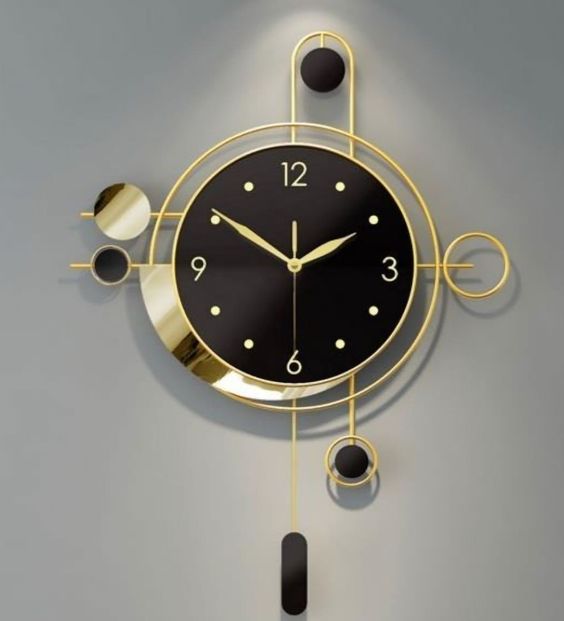In the intricate tapestry of human existence, few inventions have woven themselves as deeply into the fabric of our lives as the humble clock. From ancient sundials marking the passage of daylight to the sleek digital displays of modern smartwatches, clocks have not only served as functional timekeepers but also as symbols of human ingenuity and our relentless quest to organize and understand the passage of time.
Time’s First Tickers
The story of clocks stretches back millennia, entwined with the very evolution of civilization itself. Early civilizations, such as the Egyptians and Babylonians, developed rudimentary timekeeping devices to track the movement of the celestial bodies, allowing them to navigate the seasons and coordinate agricultural activities. These primitive timepieces evolved into more sophisticated mechanisms, culminating in the invention of mechanical clocks during the Middle Ages.
Mechanical Marvels
The advent of mechanical clocks in medieval Europe revolutionized the measurement of time. These intricate machines, powered by weights or springs, utilized gears, escapements, and pendulums to regulate the movement of their hands with remarkable precision. Towering church clocks became a ubiquitous feature of town squares, their chimes echoing through the streets and marking the passage of hours for all to hear.
Precision Engineering
The pursuit of ever greater accuracy drove clockmakers to refine their craft, leading to groundbreaking innovations such as the invention of the pendulum clock by Dutch scientist Christiaan Huygens in the 17th century. This breakthrough not only vastly improved timekeeping accuracy but also laid the groundwork for subsequent developments in science and technology.
Industrial Revolution and Beyond
The Industrial Revolution brought about a new era of clockmaking, marked by mass production techniques and the standardization of timekeeping. The introduction of synchronized time facilitated the coordination of increasingly complex industrial processes, while innovations like the electric clock and later the quartz crystal oscillator further improved accuracy and reliability.
Time in the Digital Age
The advent of digital technology revolutionized the way we perceive and interact with clocks. Digital displays replaced traditional analog dials, offering greater precision and versatility. From the compact digital alarm clocks that adorn bedside tables to the sophisticated atomic clocks that govern global time standards, digital technology has permeated every aspect of modern timekeeping.
Beyond Utility: Clocks as Art
Yet, clocks are more than mere instruments for measuring time; they are also objects of beauty and craftsmanship. From the ornate designs of antique grandfather clocks to the minimalist elegance of contemporary timepieces, clocks have long served as expressions of artistic creativity and cultural identity.
Conclusion: A Timeless Fascination
In a world governed by the relentless march of seconds, minutes, and hours, clocks remain steadfast companions on our journey through time. They remind us of our shared humanity, our collective history, and our boundless capacity for innovation. Whether as functional tools, intricate mechanical marvels, or objects of aesthetic delight, clocks continue to captivate our imagination and inspire wonder at the timeless mysteries of time itself.

